Sometimes you don’t plan a career in higher education, instead it finds you. That’s what happened for Brad Phillips, President and CEO of the Institute for Evidence-Based Change.
After training as a social psychologist, Brad was ready to make a cross-country move to do government-funded research. However, his pregnant wife was not interested in leaving sunny California for the East Coast. So he took a position as Institutional Research and Assessment Director at Yuba College.
Doing that work, he found that there was a disconnect between different sectors of education — and everyone wanted to pass the buck. Colleges blamed high schools for not preparing the students adequately. High schools blamed middle schools, and on down the line until the parents were to blame. But in reality, none of that was true. There simply wasn’t enough communication between each sector, so expectations weren’t being met.
Today, Brad brings what he learned working at Yuba College to the Institute for Evidence-Based Change. He shares how he uses data to tell compelling stories, employs personas to market to students, and creates Caring Campuses across the country on an episode of the Higher Education Coffee and Conversation podcast.
Let the Data Tell the Story
When Brad and his team assemble data for clients, Brad keeps three words top of mind: useful, usable, and actionable.
“Useful means it applies to the problem we’re trying to solve,” says Brad. “Folks will request data, but it’s not the right data. In terms of usable, we have to understand it. Often, data is put in such a format that no one understands what it means. And finally, we shouldn’t collect any data unless it’s actionable […] You’re not going to collect anything that you’re not going to do something with.”
But the magic happens after the data is collected. Brad recommends picking one or two data points to illustrate a story, and always keeping your target audience in mind.
“The key is you always have to have a hook,” Brad says. “You have to know who that audience is and what they care about, and how that data supports it.”
And it’s not just about the data itself. With the numbers and the story, you can evoke a feeling. After all, people might not remember all the details, but they’ll remember how you made them feel.
He turns up the feelings by turning to Disney’s tried and true formula for storytelling — context, problem, effort/intervention, and outcome. The same formula works well for telling compelling stories with data.
Getting “Persona-l”
It’s a common tale — someone’s leading a meeting. They’re armed with all their best data and ready to tell a compelling story. Someone in the room speaks up and says that’s not what I find with XYZ student.
The story doesn’t have to fall apart there. Brad suggests using a psychological technique of “build up, break down.” Acknowledge what the person is saying, and remind them how the data supports your point.
“You validate, and then you break it down,” says Brad. “Then you say, the majority of students, however, are reflected in this data. Let me tell you a story.”
Another way he paints compelling pictures is to use a common marketing tactic: personas.
“We profile a typical student and give them a name,” explains Brad. “You tell their story. You talk about what age range they’re in, their background, what they want from the college, and what their needs are. Then you talk about how the college can move forward to support that person.”
That persona is based on the data you’ve collected and helps to bring life to stark numbers.
Creating a Caring Campus
Aside from data-based storytelling, IEBC focuses on its Caring Campus program. After working with universities for years, Brad noticed how quickly a prospective student can get lost in the shuffle of online forms.
He blames the complexity of the application process, which prioritizes convenience over connection. For example, applications are often done online, where many community college students might benefit from more in-person interaction during the admissions process.
“I think we’ve lost a lot of that human connection, because we are saying, Oh, it’s convenient to do it this way,” reflects Brad. “That’s too bad.”
Caring Campus seeks to make on-campus culture more personable, especially for students who often feel that they don’t belong in the first place. Small barriers, like getting parking tickets when doing business on campus or meeting curt staff, further enforce a student’s fears that they’re not good enough for college.
Some successful changes that Brad has seen are labeling buildings for their function or having staff get up and help a lost student find their way.
“We ask faculty to tell us the most rewarding part of their work. Often, they will say, when a student comes back six months later, a year later, even 30 years later, to say you changed my life,” Brad says. By creating a more inclusive culture, he sees more faculty and staff enjoying their work and feeling that fulfillment.
I’ve seen the impact of Caring Campus in my own work with colleges. When my secret shopper went to one community college, he had a horrible experience and was unable to get the help he needed. But when I returned to that same campus 18 months later, I found a completely different environment. I was greeted immediately, shown to my destination, and escorted around the campus. It’s incredible how transformative that training can be.
| RELATED: Storytelling Fundamentals: 4 Tips for Finding the Best Stories |
Work That Feels Good
Whether it’s through storytelling or direct personal conversations, Brad embraces the power of connection.
As a society, we’ve become less comfortable with interpersonal interactions. But when we dare to break out of our shells and connect with other people, it’s worth it.
“When you think about your relationships and the connection you have with people, it feels good. And there’s actually a basis for this behavior,” says Brad. “It’s a hormone called oxytocin. It’s often called the love hormone, or the connection hormone. It occurs when we feel like we’ve made that connection, it just feels good. It just spreads like wildfire because it feels good to do this work.”
One Storytelling Trick All Marketers Should Know
This article is based on an episode of Higher Education Coffee & Conversation, a podcast featuring higher education experts to discuss trends in marketing, communications, advancement and student success. Subscribe via Apple, Spotify, or wherever you listen to podcasts so that you don’t miss future episodes!

